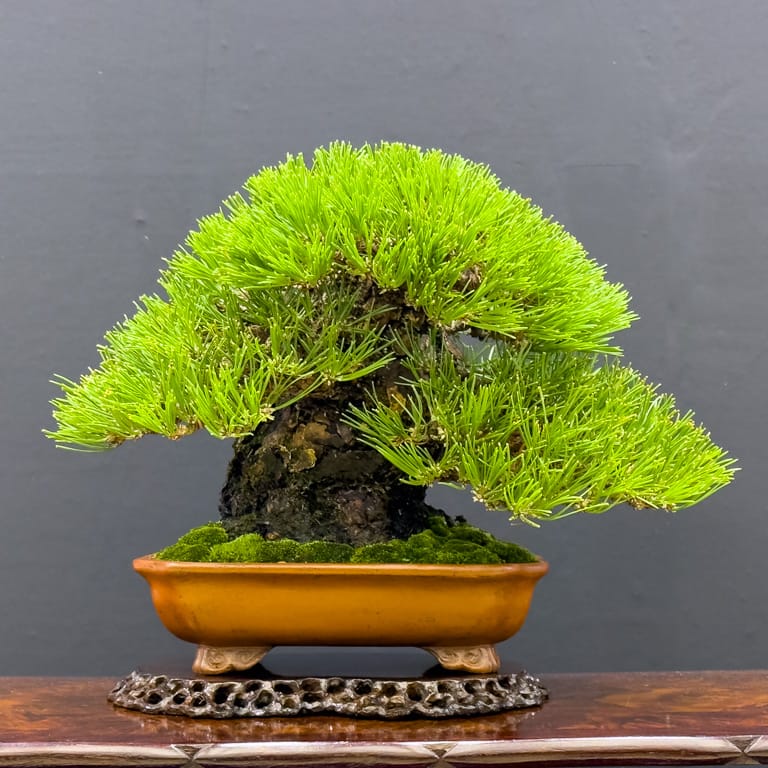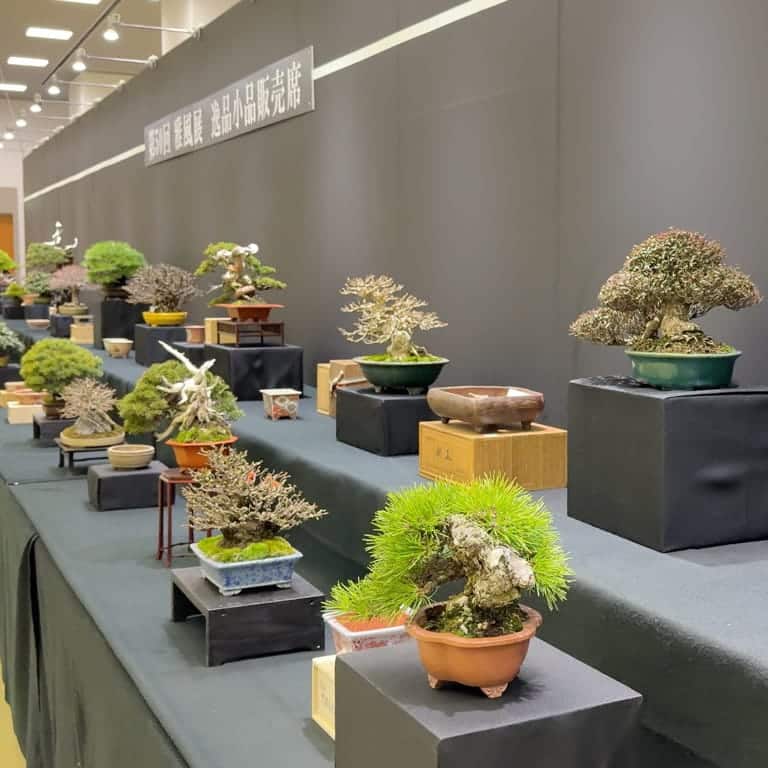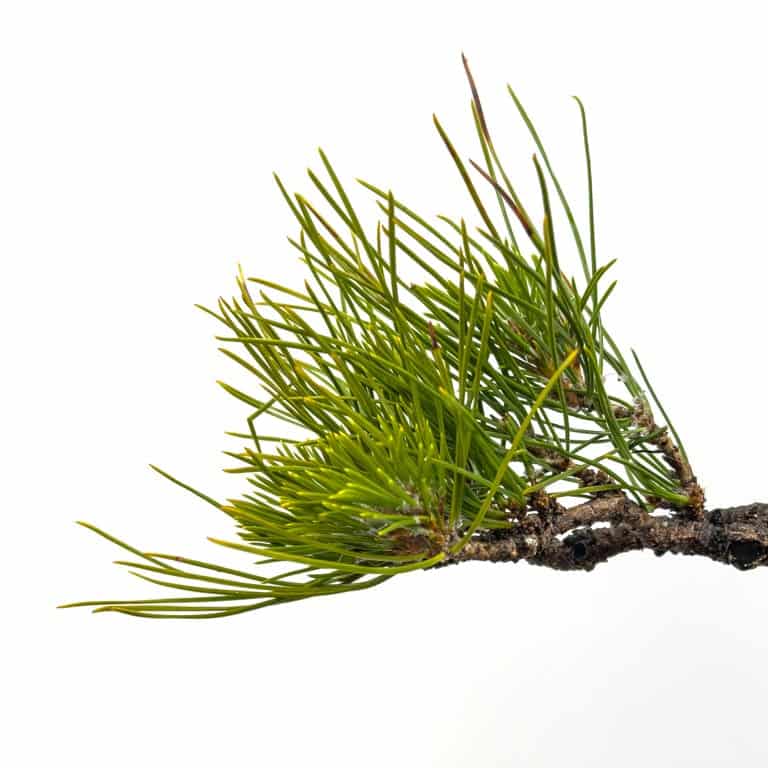
Rss Feeds (1137)
Mid-Michigan Bonsai Message Corner
"In lieu of the usual meeting schedule, The MMBC end of year luncheon at Foster Community Center will be Saturday November 15th. Members, please check your email for details.
There will be no meeting on November 20th"
- Category: Rss Feeds
- Created: 25 January 2025
- Written by:
At this year’s Gafu-ten, the top shohin exhibit in Japan, there were many examples of what we might call “conventional contemporary shohin displays.” The effect, when scanning the hall, was that a lot of the displays looked similar.
- Category: Rss Feeds
- Created: 23 January 2025
- Written by:
They have an attraction, these lumpy knobs on trees. Several times I’ve stared up at a tree in a forest with a magnificent lumpy knob, and, after admiring it, wondered if it was the next to be stolen. The theft of maple burls have been reported on the news in Oregon and with redwood burls in California.
- Category: Rss Feeds
- Created: 18 January 2025
- Written by:
I’ve noticed, in recent years, more and more special displays at Japanese bonsai exhibits. I think of a special display as any approach to bonsai display other than the standard arrangement of trees and accents within an approximately six foot space.
- Category: Rss Feeds
- Created: 17 January 2025
- Written by:
I am on the way home from Africa. The first half of the trip was a birding trip in Gambia, and the second half was spent with friends in Senegal, one of whom works at the U.S. Embassy. We took a long road trip north from Dakar to the city of St. Louis, not far from the southern border of the Sahara.
- Category: Rss Feeds
- Created: 14 January 2025
- Written by:
The 94th Meifu Bonsai Exhibition was held on January 10-12, 2025 in Nagoya, Japan. This is one of the largest and most important bonsai exhibitions. Also, it is the second longest in duration than the 99th KokuFu Bonsai Exhibition. Next February in 2026 will be the 100th anniversary of this most prestigious bonsai exhibition. It was started by Count Yorinaga Matsudaira and Tosho Kobayashi to raise the level of bonsai and increase awareness. Next year is the 100thexhibition, but the show has not been around for 100 years. Originally the exhibition was held twice a year in March-April and in November-December yearly from 19434 to 1954. There were no exhibitions during the wartimes.
- Category: Rss Feeds
- Created: 12 January 2025
- Written by:
The Gafu Shohin Bonsai Exhibition was held in the same venue and exhibition hall as the Taikan Ten Bonsai Exhibition only six week ago. Even though both exhibitions were similar and had most of the same vendors. Both were sponsored by different organizations and had most of the same people running the show, so most were familiar faces to me.
- Category: Rss Feeds
- Created: 07 January 2025
- Written by:
This juniper was one of the first restyling adventures of my new apprentice, Patch Clark.
- Category: Rss Feeds
- Created: 05 January 2025
- Written by:
Bark is the protective outer covering of a tree’s trunk and branches. It serves several vital functions:
- Category: Rss Feeds
- Created: 05 January 2025
- Written by:
If you haven’t finished your fall pine work, there’s still time! Fall and winter, right up until buds start elongating in spring, is a good time to prune and wire dormant conifers including Japanese black and red pines.
- Category: Rss Feeds
- Created: 31 December 2024
- Written by:
KONICA MINOLTA DIGITAL CAMERA
New Year’s day is a special holiday for our family and religion for at least three reasons. Most important is to welcome in the New Year, a fresh new yearly beginning. Everyone gets another opportunity to enjoy and improve their lives for another year. This also applies to our bonsai as well as we have plans to change and improve their design.








